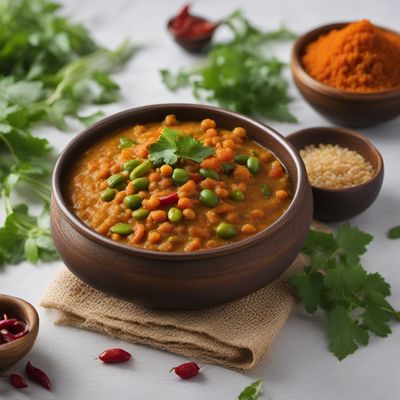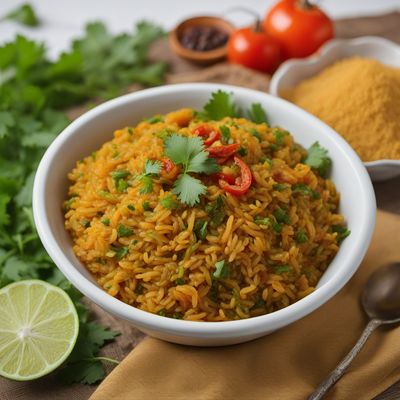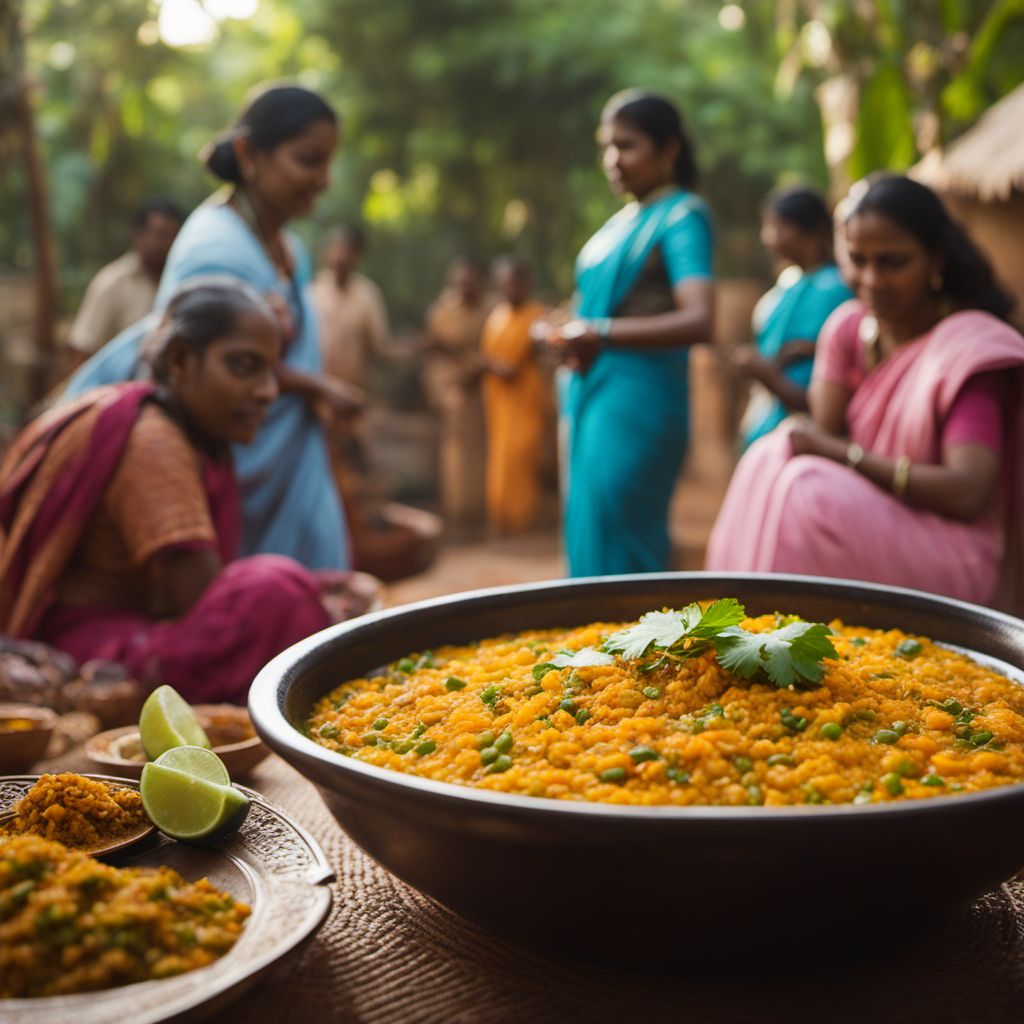
Dish
Bisi bele bath
Bisi bele bath is made by cooking rice and lentils together with a variety of vegetables such as carrots, peas, and potatoes. It is seasoned with a blend of spices such as cumin, coriander, and turmeric. Bisi bele bath has a slightly spicy and tangy flavor and is often served with a side of raita or papadum.
Origins and history
Bisi bele bath originated in the state of Karnataka in South India and is a popular dish in the region. It is often served during festivals and special occasions.
Dietary considerations
Bisi bele bath is naturally gluten-free and can be made vegan or vegetarian depending on the use of ghee or oil. However, it does contain lentils which may not be suitable for those with certain dietary restrictions.
Variations
Bisi bele bath can be made with a variety of vegetables and lentils. Some variations may include tamarind or coconut milk for added flavor.
Presentation and garnishing
Bisi bele bath can be garnished with fresh cilantro or grated coconut for added flavor and presentation. It can also be served in a traditional South Indian brass or copper vessel for an authentic touch.
Tips & Tricks
To save time, use a pressure cooker to cook the rice and lentils together. Adjust the amount of water used depending on the desired consistency of the dish.
Side-dishes
Bisi bele bath can be served with a side of raita, papadum, or pickle. It can also be eaten on its own as a one-pot meal.
Drink pairings
Lassi or buttermilk are popular drink pairings with bisi bele bath.
Delicious Bisi bele bath recipes
More dishes from this category... Browse all »

Aji nigiri sushi
Japanese cuisine
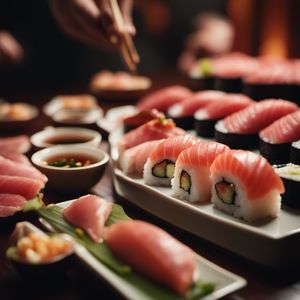
Akami nigiri sushi
Japanese cuisine
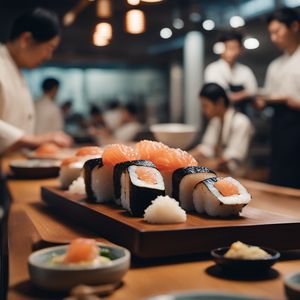
Anago nigiri sushi
Japanese cuisine

Arroz a la plancha
Spanish cuisine

Arroz a la tumbada
Mexican cuisine

Arroz al forn
Spanish cuisine

Arroz al jerez
Spanish cuisine
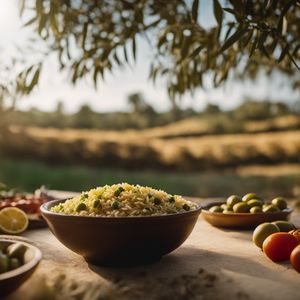
Arroz al olivar
Spanish cuisine
More cuisines from this region...
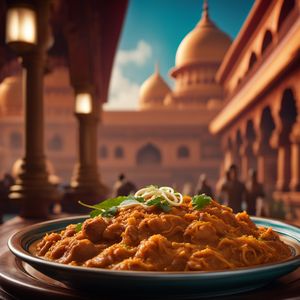
East Indian cuisine
Spicy and tangy flavors, Uses a lot of herbs and spices (mustard seeds, cumin, coriander), Uses a lot of fish and seafood which give it a unique flavor
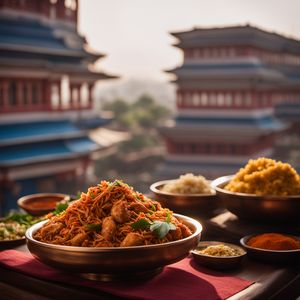
North East Indian cuisine
Spicy, Tangy, Flavorful, Unique
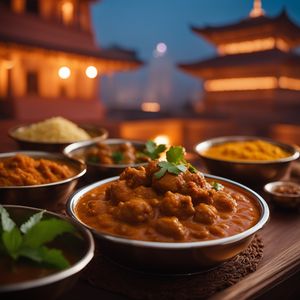
North Indian cuisine
Spicy, Tangy, Aromatic, Sweet, Uses a lot of oil and ghee

Other Indian cuisine
Spicy, Tangy, Sweet, Sour, Pungent
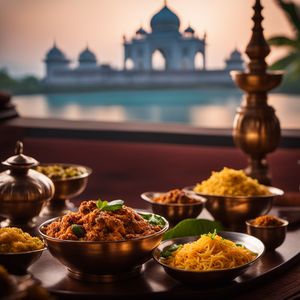
South Indian cuisine
Spicy, Tangy, Sweet, Savory, Aromatic
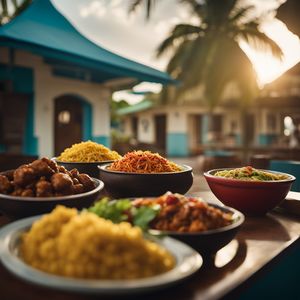
West Indian cuisine
Spicy, Bold, Tangy, Sweet, Savory
